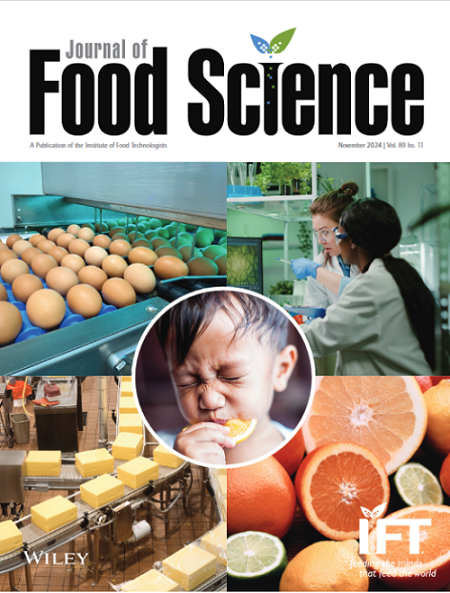In the present study, non-targeted metabolomics was utilized to identify the bioactive components in the root, seed, and leaf of Aralia elata (Miq.) Seem (A. elata), a traditional Chinese specialty vegetable. The relative content indicated that saponins, flavonoids, and phenolic acids were the main bioactive components, whereas principal component analysis showed significant differences among the three parts. ABTS, DPPH, ferric reducing antioxidant power, and hydroxyl radical scavenging capacity assays were conducted to evaluate the antioxidant activities of extracts from the three parts, and the root extract demonstrated the highest antioxidant potential. Correlation analyses revealed that saponins possessed the best antioxidant capacity. Twelve saponins in the root were identified from the total saponins (tSAs) by liquid chromatography–high-resolution mass spectrometry. The protective effect of tSAs on cyclophosphamide-induced liver damage was evaluated using BRL-3A cells. The tSAs significantly enhanced the cellular antioxidant levels, reduced the levels of aspartate aminotransferase and alanine aminotransferase by 38.81% and 37.43%, respectively, and demonstrated evident hepatoprotective effects.
This research could help develop dietary supplements rich in antioxidants from the roots of Aralia elata (Miq.) Seem and also pave the way for novel therapies for liver diseases.


